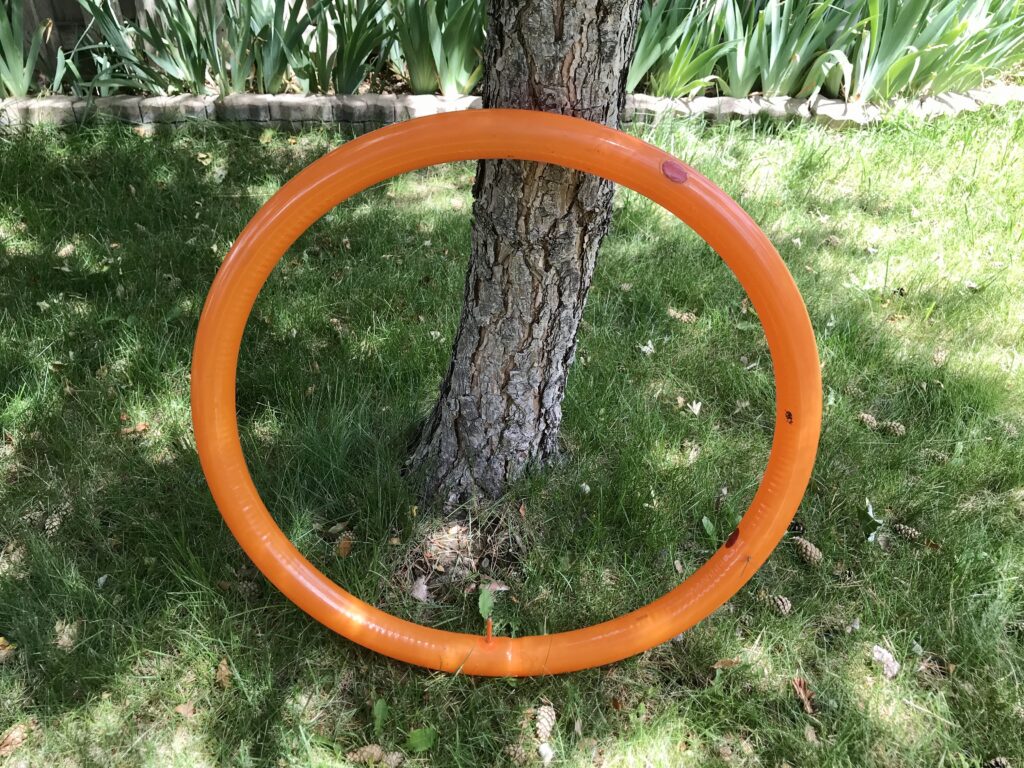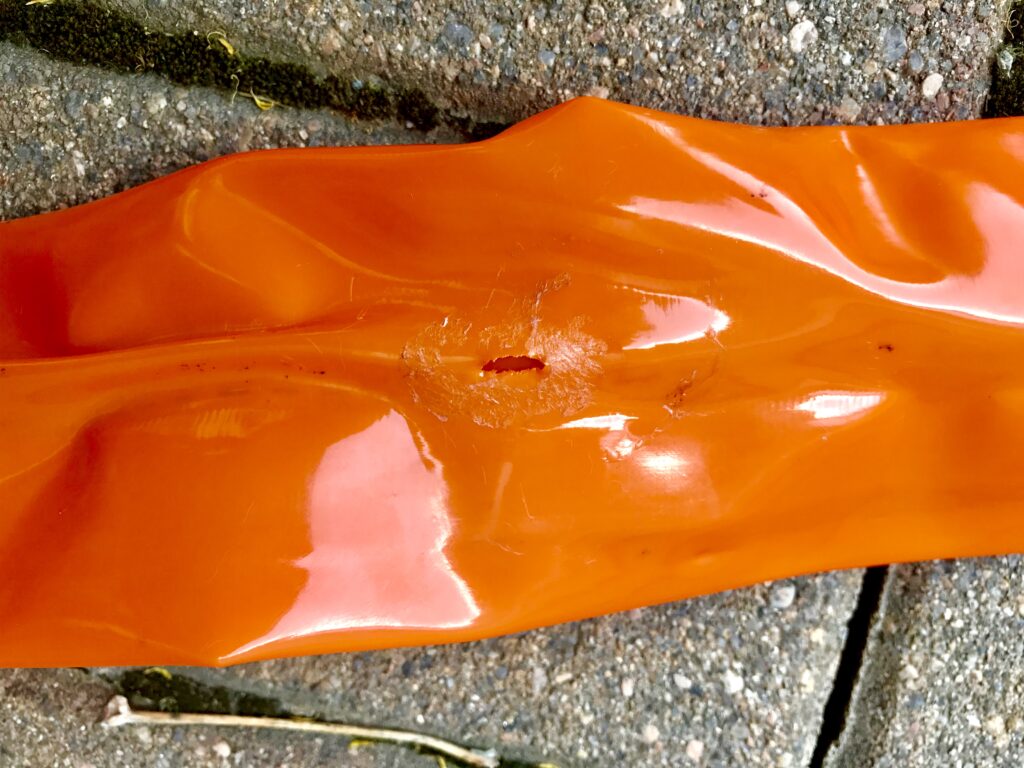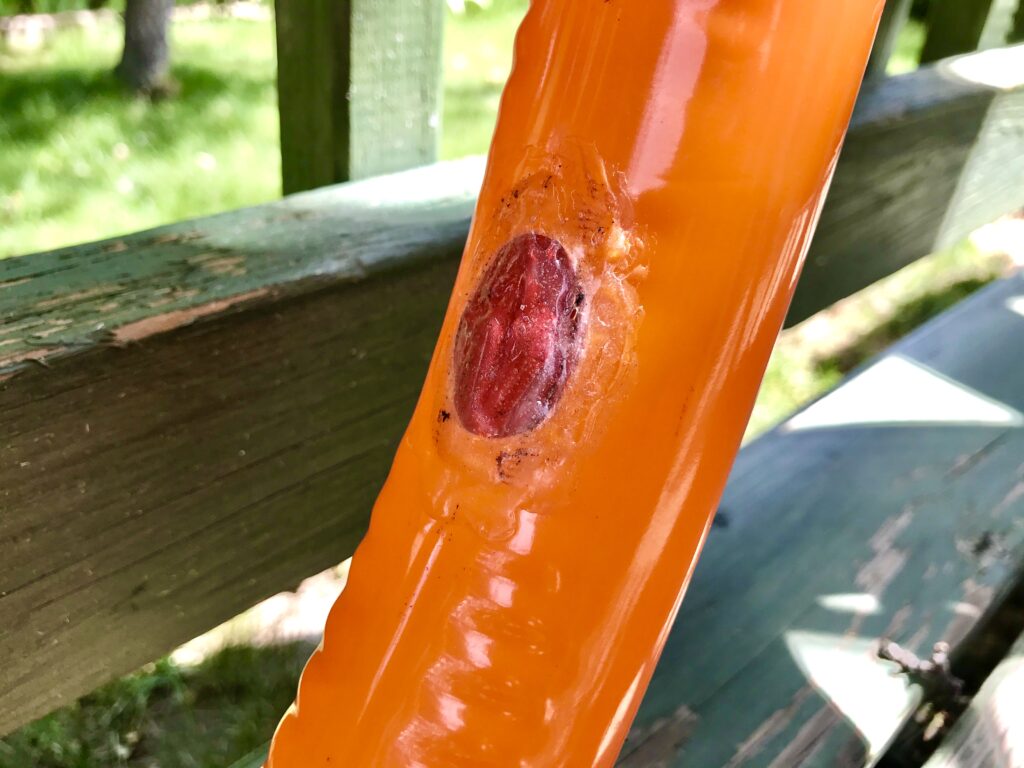Long-Term Review
Are you tube-curious? Has your enthusiasm for sealant-based solutions dried up?
Most people start out mountain biking with those butyl rubber relics pulling that essential duty of holding air in their tires. It doesn’t take long before puncture and pinch-flat related mechanicals have these users searching for something a bit more reliable.
With the right air pressures and tire casing thickness, a tubeless setup is just that. Reliable. Keeping the sealant topped up and performing the occasional “squeeze” air pressure test is all most riders will ever need to do. If tubeless is so reliable then why would anyone feel the need to go back to fragile tubes? Maybe it’s just some morbid curiosity or a sense of nostalgia for those simpler times, but I thought that this question needs to be revisited after testing these fancy new “Tubolito” plastic tubes.

For anyone not in the know, “Tubolito” tubes are made of a special thermoplastic that is supposedly much lighter and more durable than the standard butyl rubber tubes. The true weight of these tubes is an astonishing 1/3 of that of a standard tube. If their claim of 2x the puncture resistance is true, this would be an amazing product, right? Too bad this “2x” claim appears to be worthless regardless of its validity.
Someone once said that bike tubes want to seek out and find ways to die. They are mortally opposed to holding air. I wouldn’t exactly disagree. “Two Times” the strength of something that approaches zero is still very close to zero.
I really wanted this to work. I have a number of these very pricey tubes and have managed to puncture several of them over the past season of riding, all from pinch flats. I am 6’2″ and weigh 175 lbs. While I would say my riding preference leans towards steep, rocky and root-filled terrain, I make an effort to float over or move around obstacles when possible. I have obsessive tendencies when it comes to monitoring my tire pressures and have a decent sense of what pressures I can get away with depending on the terrain and speed. None of these factors appeared to help much when it comes to the dreaded “snake-bite” pinch flat that has plagued mountain bikers since air has filled their tires. Plastic tube or not, this will be the way your ride ends nine times out of ten when you hear the hiss of air escaping from your tire.
Beyond their durability, one of the most annoying aspects of these tubes is that they are slightly under-sized. You need to stretch the tube around the rim during installation. This makes the task of setting up the tire unnecessarily difficult and greatly increases the probability of pinching the tube between the tire and rim during installation unless you are very careful.
Making matters worse, I have found that the fatal flaw with the Tubolito tubes is that the proprietary patch kit is more or less worthless. For certain punctures the patches failed to stay in place and slowly (or not so slowly) began to leak air. I have reached out to Tubolito regarding this issue and am waiting on a response (see my message below).

In conclusion, I currently would only recommend these tubes as a lightweight and compact emergency option. Tubeless will be here to stay for your every-day rides if you value reliability.

A message to Tubolito support:
“The primary issue that I have found with your product is that once the tube has been pinched the hole in the tube is large enough that the patches do not hold. This is especially true for areas around the rim where you are most likely to pinch these tubes. It seems these areas do not distribute the pressure of the tire evenly and the small patches from your kit are displaced.
I have made sure to follow the installation procedure for the patches precisely, even going as far as applying pressure to the patch for an excess of 10 minutes. I doubt any normal user would go to this extreme.
I have both a regular and plus sized tube with multiple patches that I have needed to reinforce with glue as the patches will slowly separate from the tube over time and begin to leak. In the case of one tube I have seen dozens of small “weeping” holes that bleed air over time which I have addressed with a plasticizing glue for now, but it appears that the patches are ineffective for certain types of damage.”
6/6/20 — Tubolito support response:
thanks for approaching us. We are sorry you are experiencing some issues with our Flix-Kit.
We have been doing a lot of tests with our Flix-Kit, including long term tests with heat exposure etc. We do have very good results, however we also experienced that in the practical use sometimes the patches do not perfectly stick, as it is the case with you.
We have been working on improvements and most likely will be able to offer a new solution soon.
Best wishes from sunny Vienna,
Georg
2/21/20 Update: The initial response from Tubolito was prompt and we exchanged a few follow up messages regarding potential samples of the new patches but I have not heard anything back recently.



